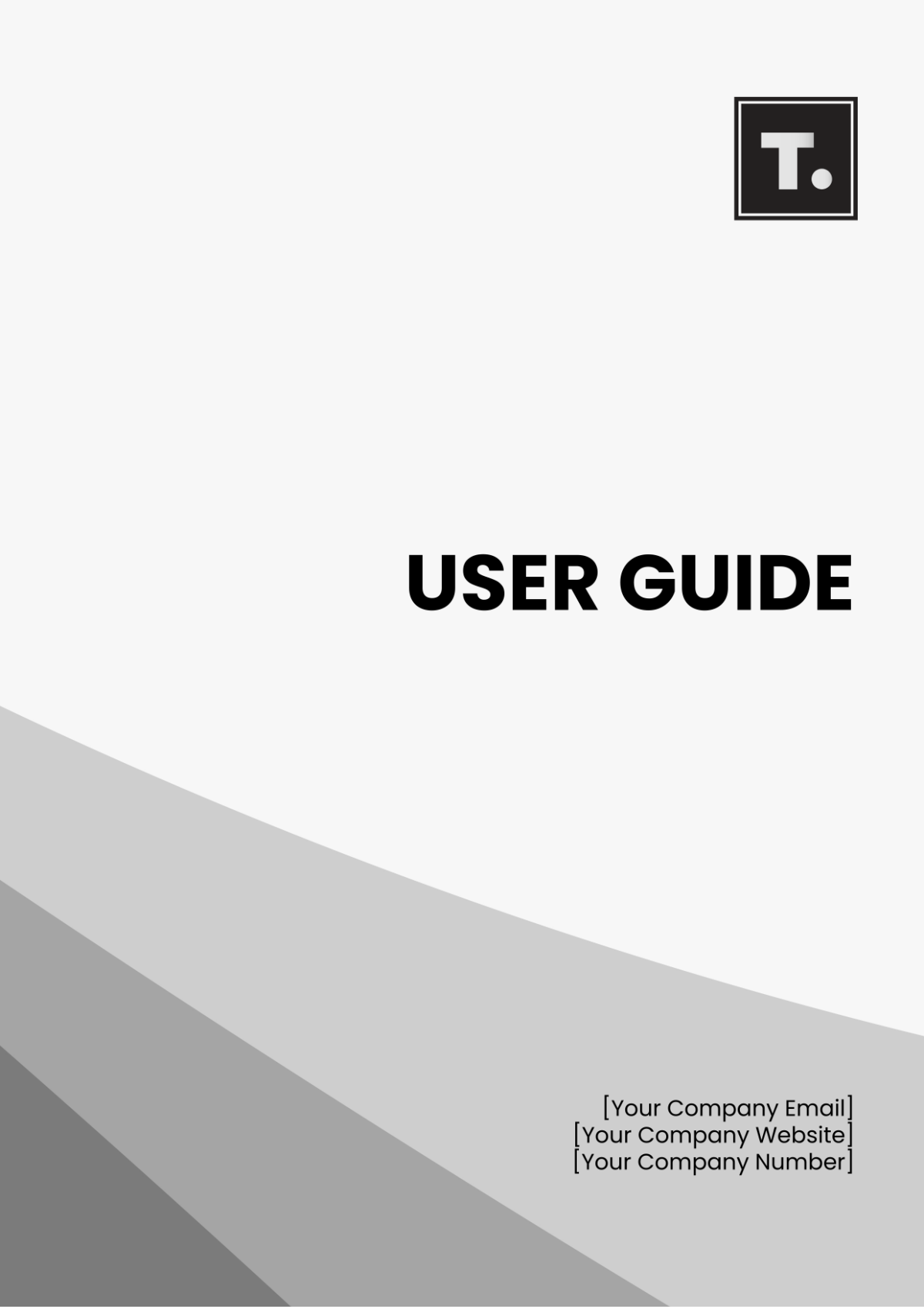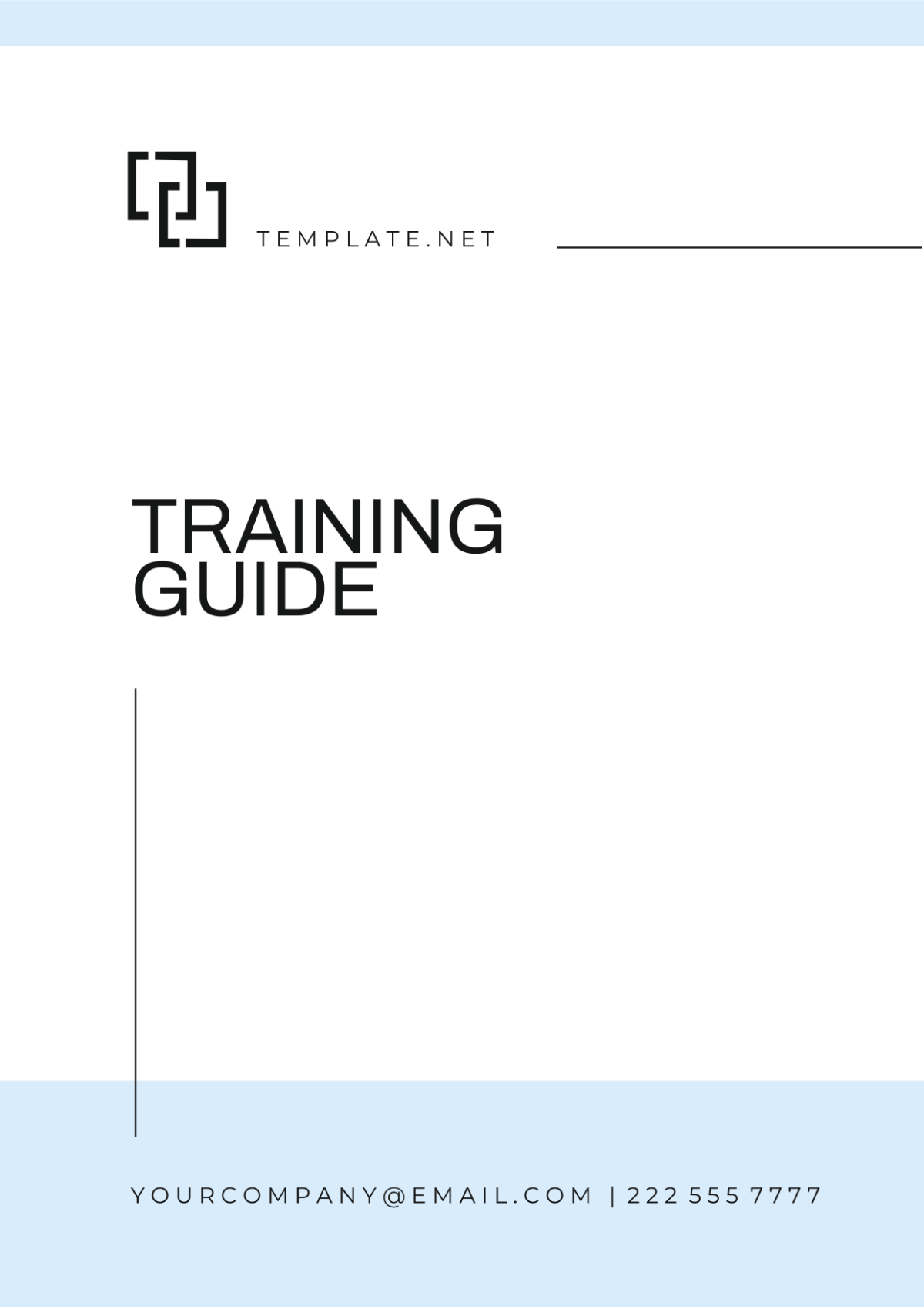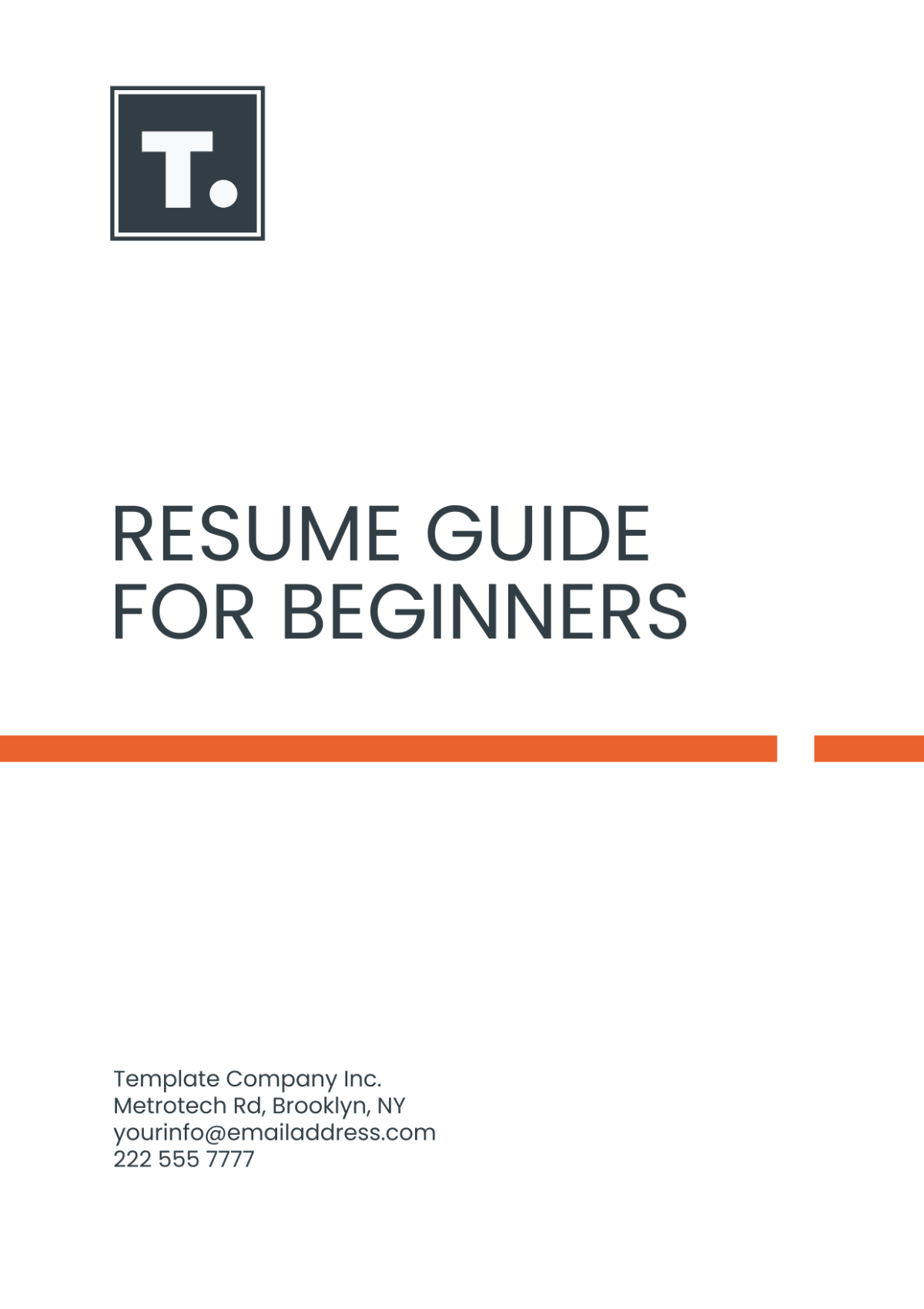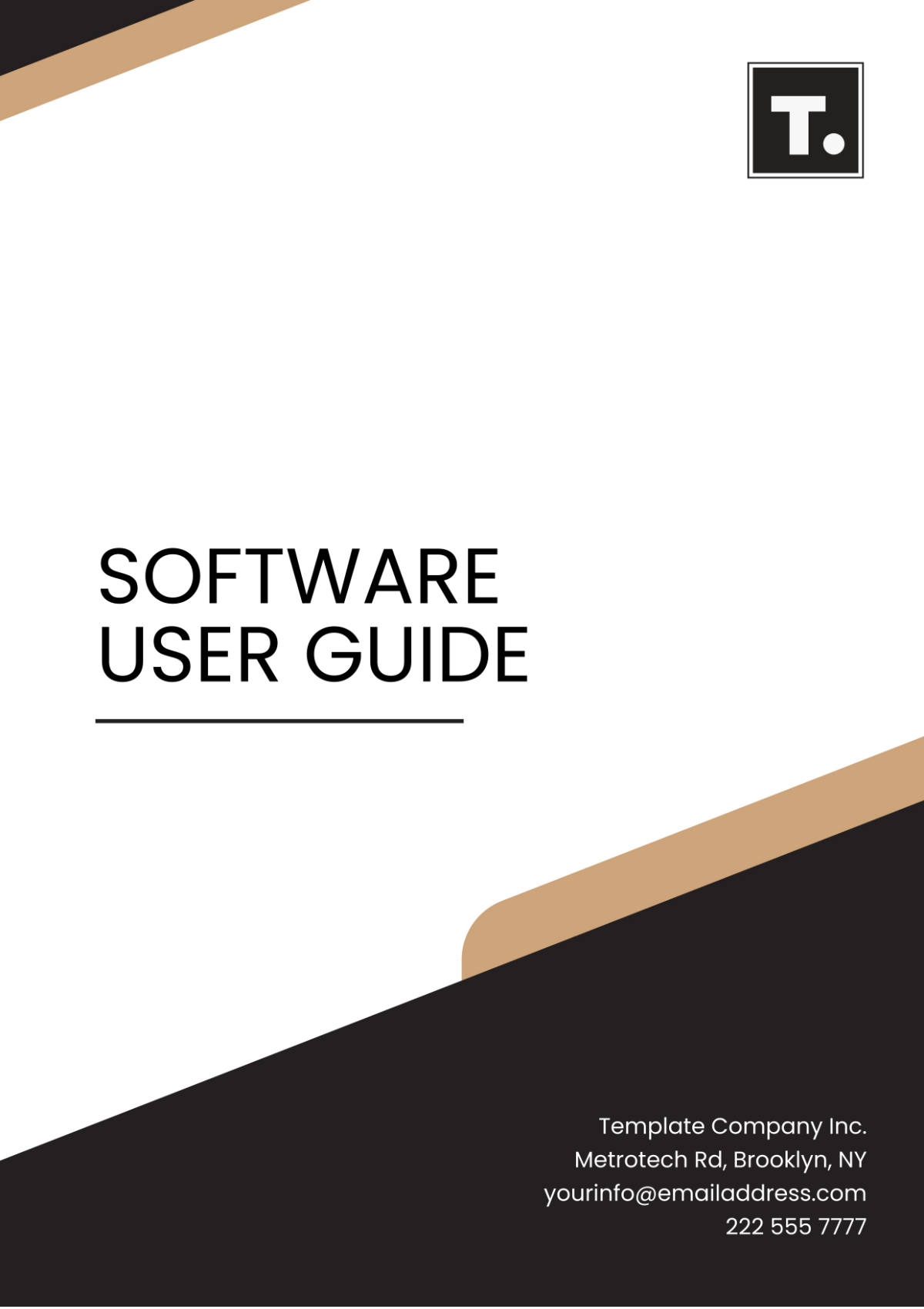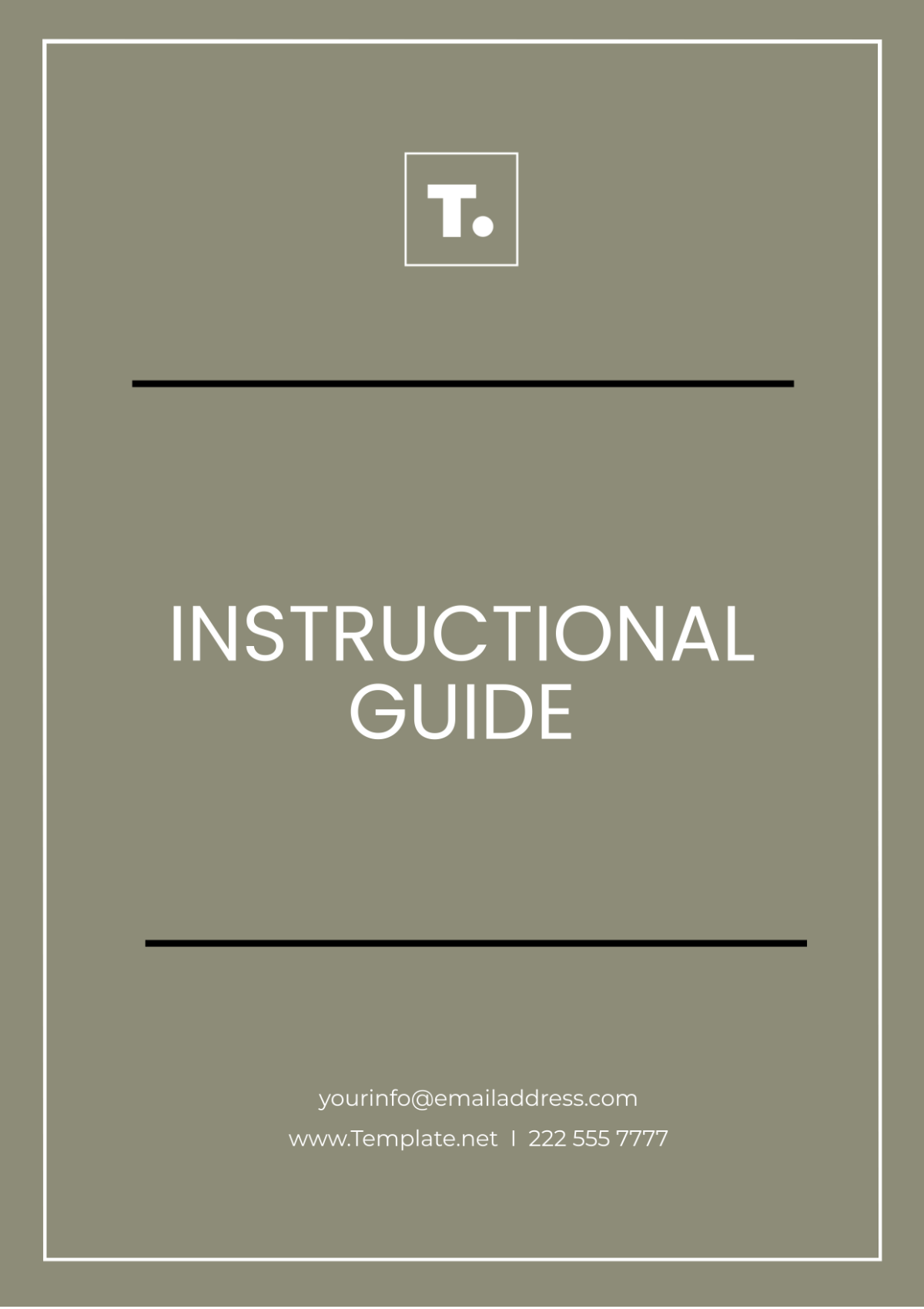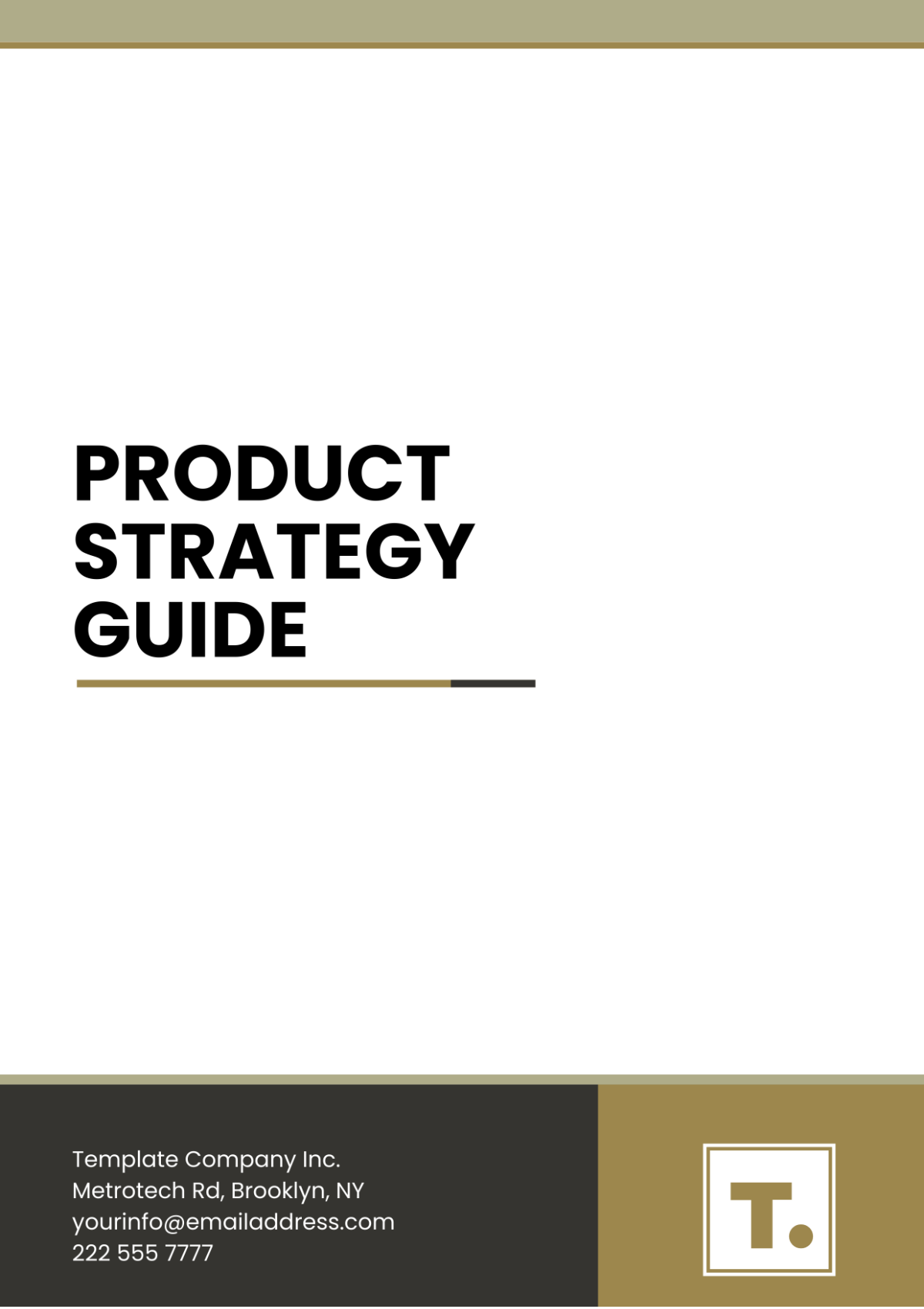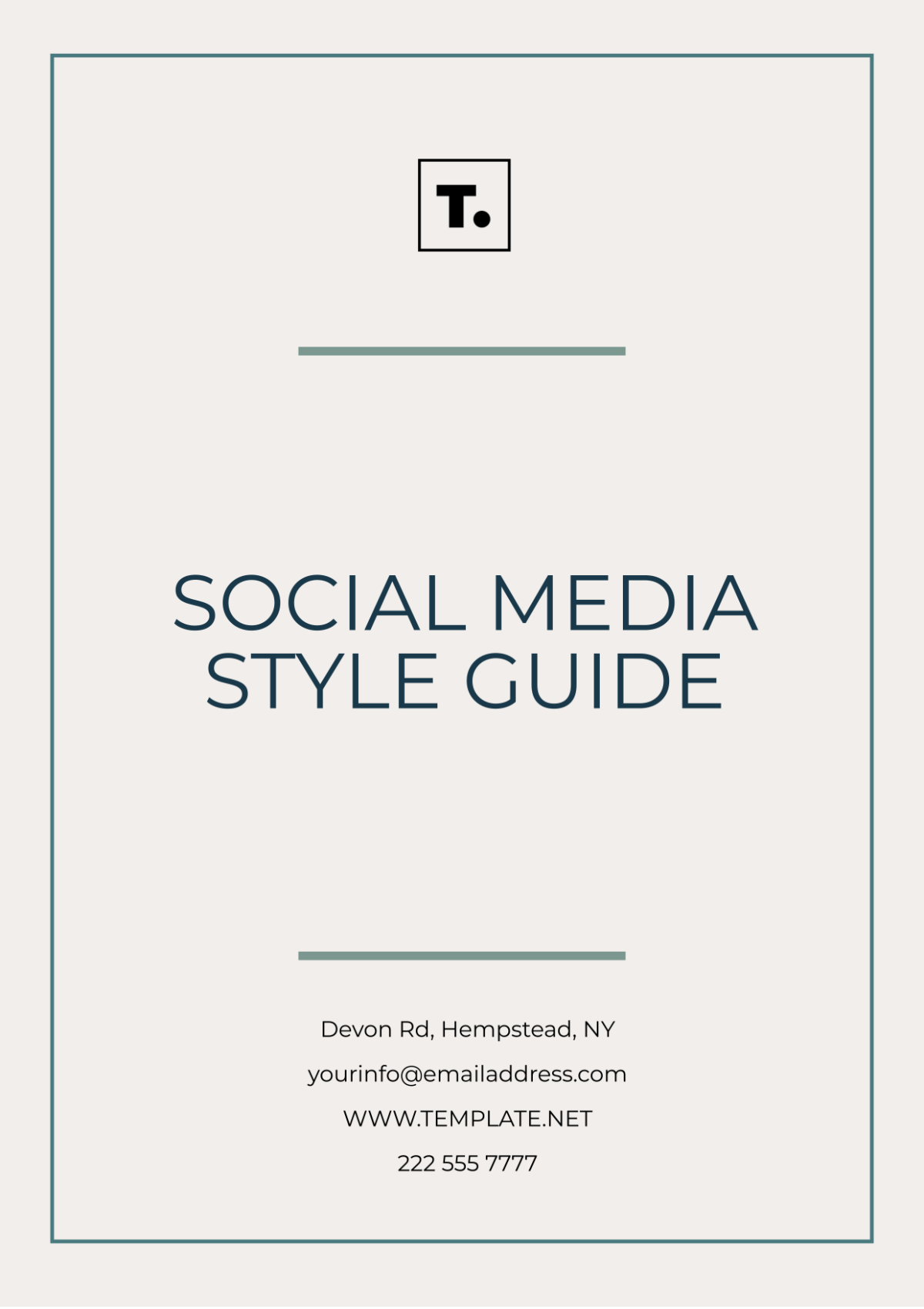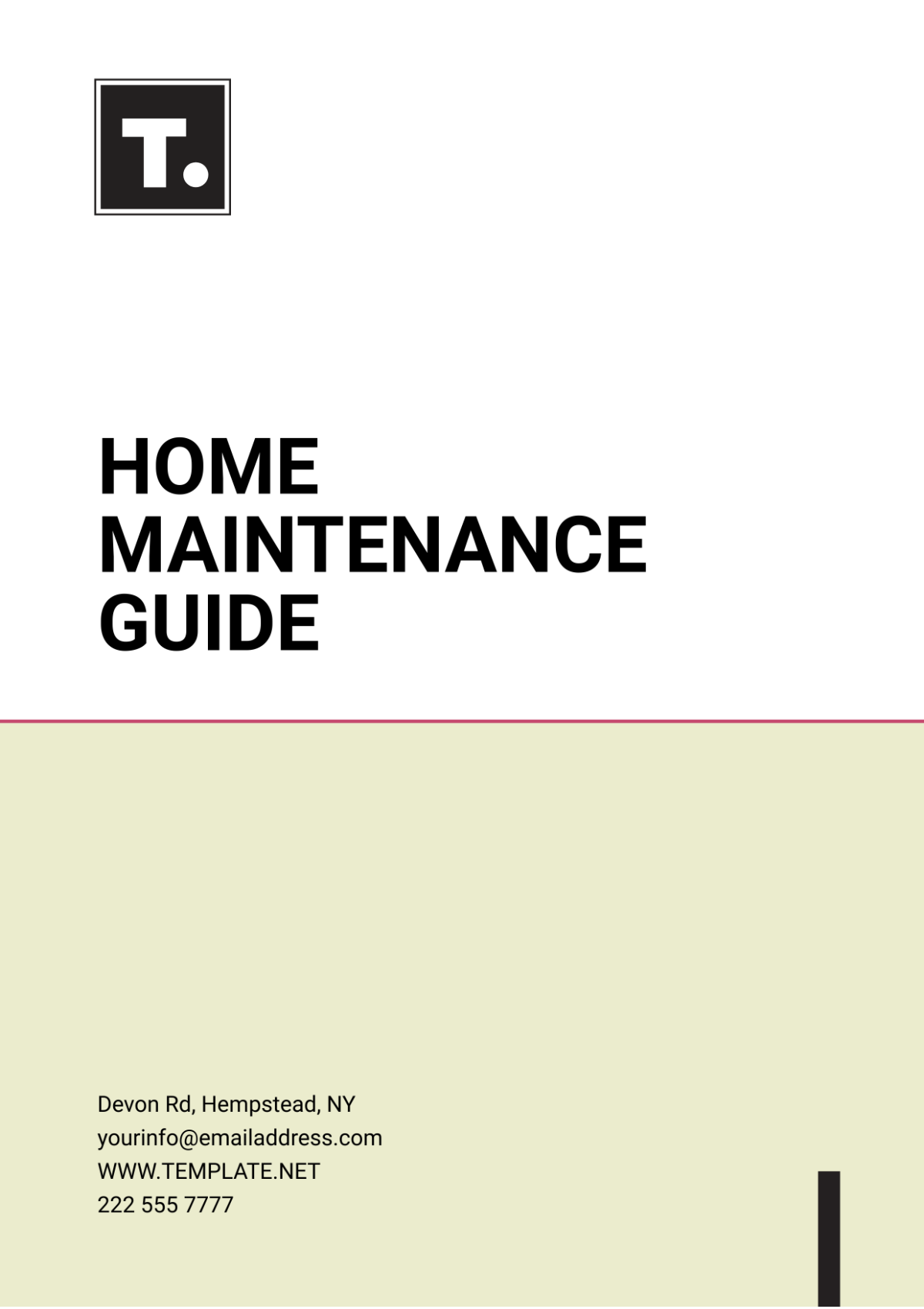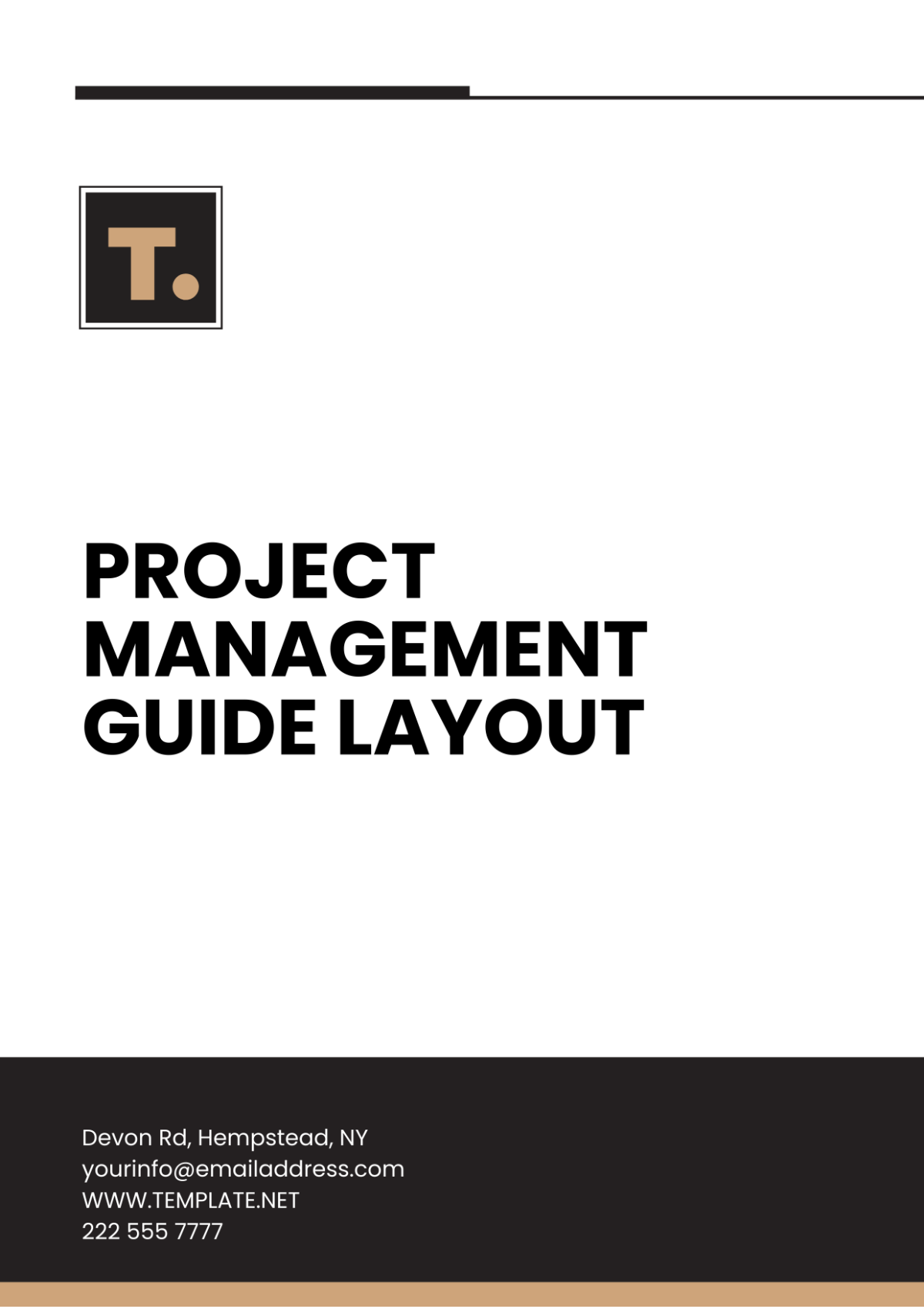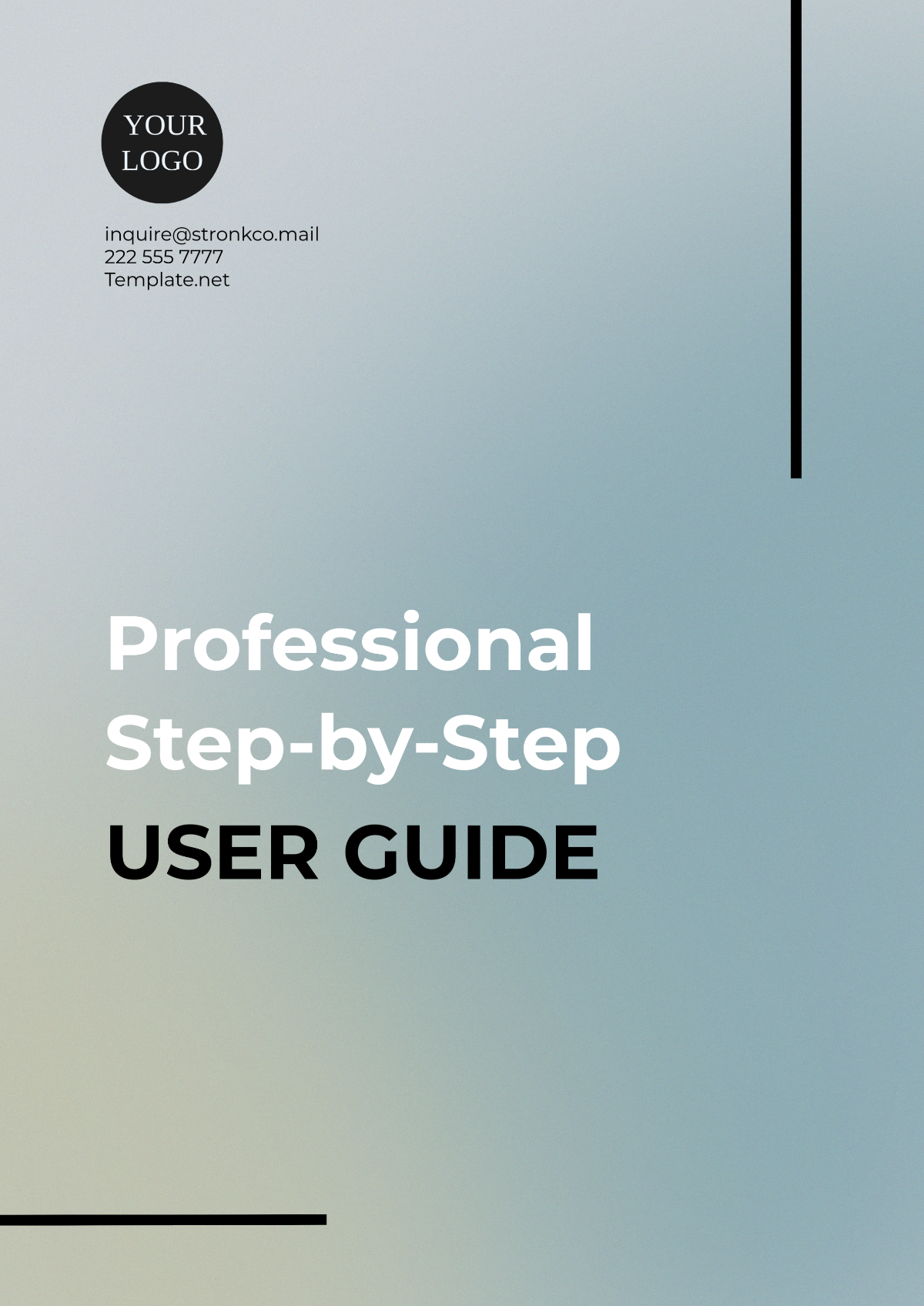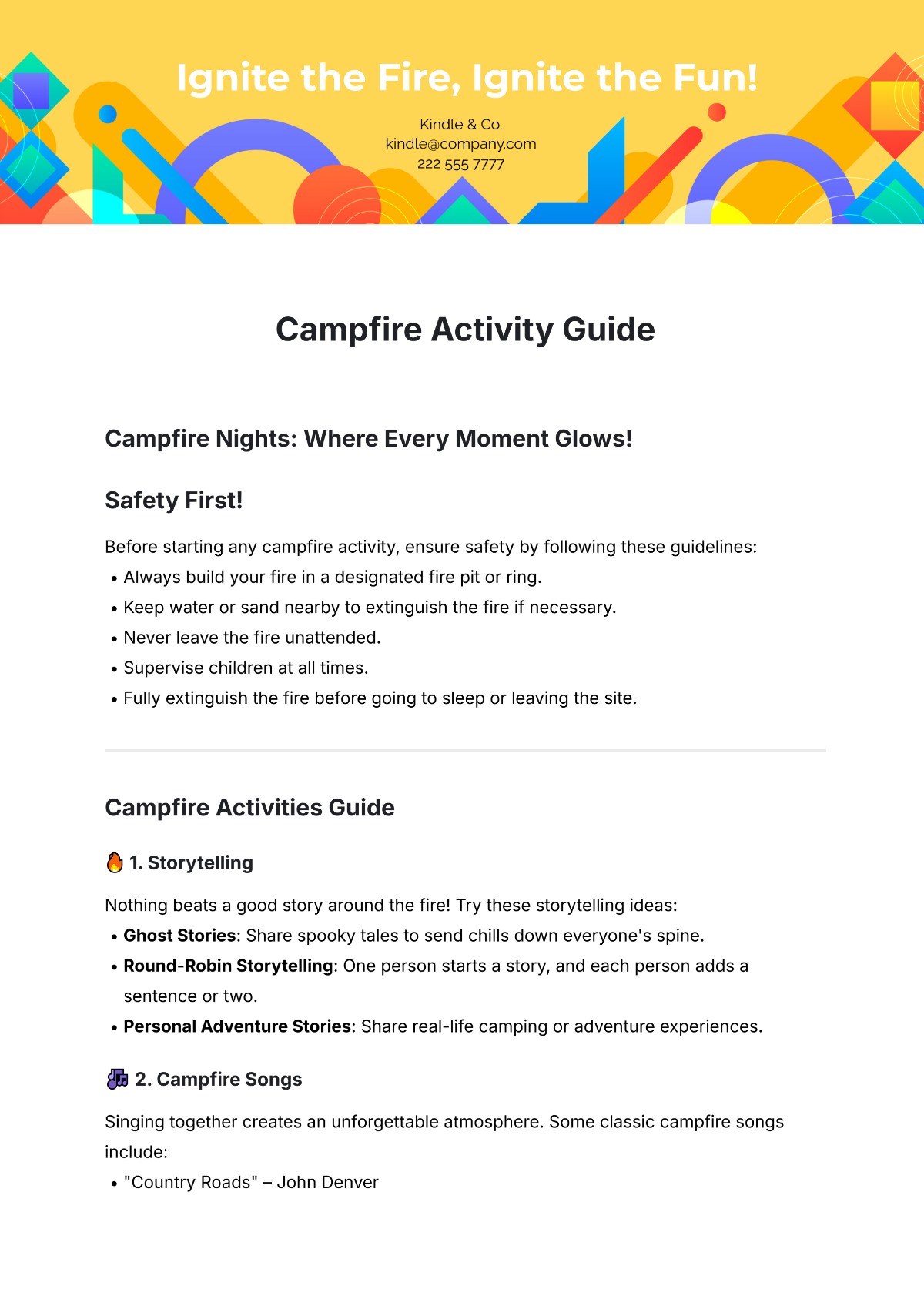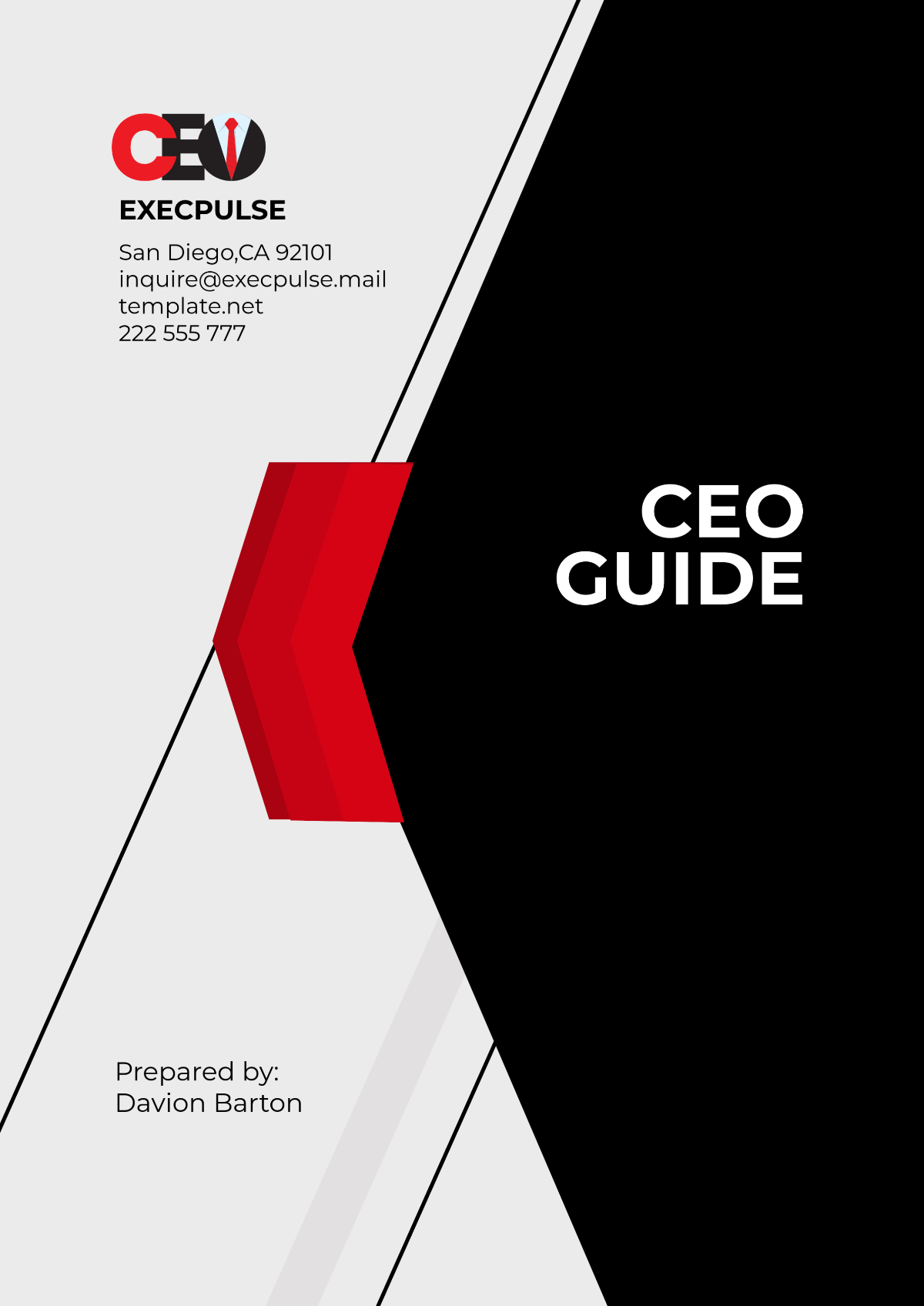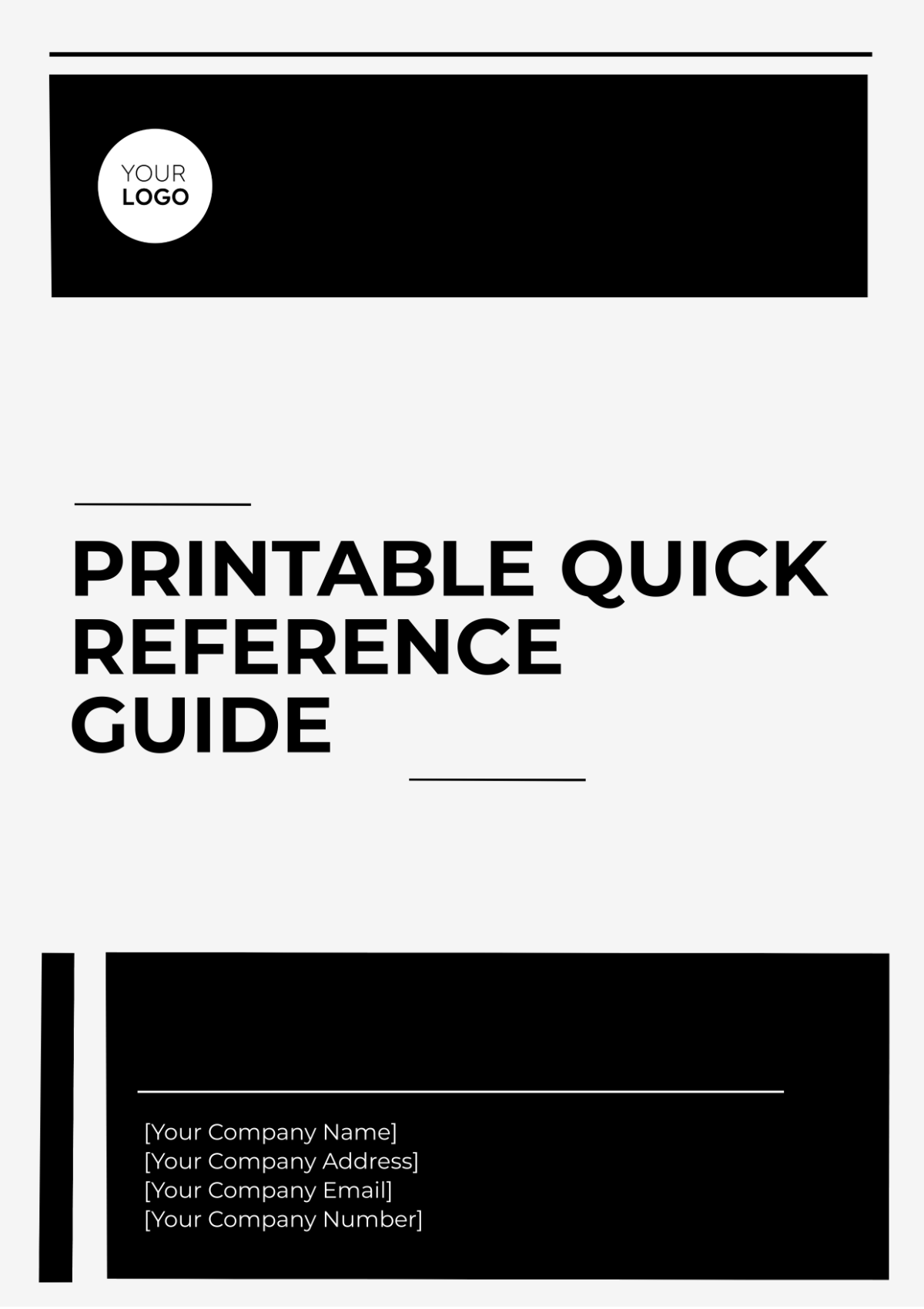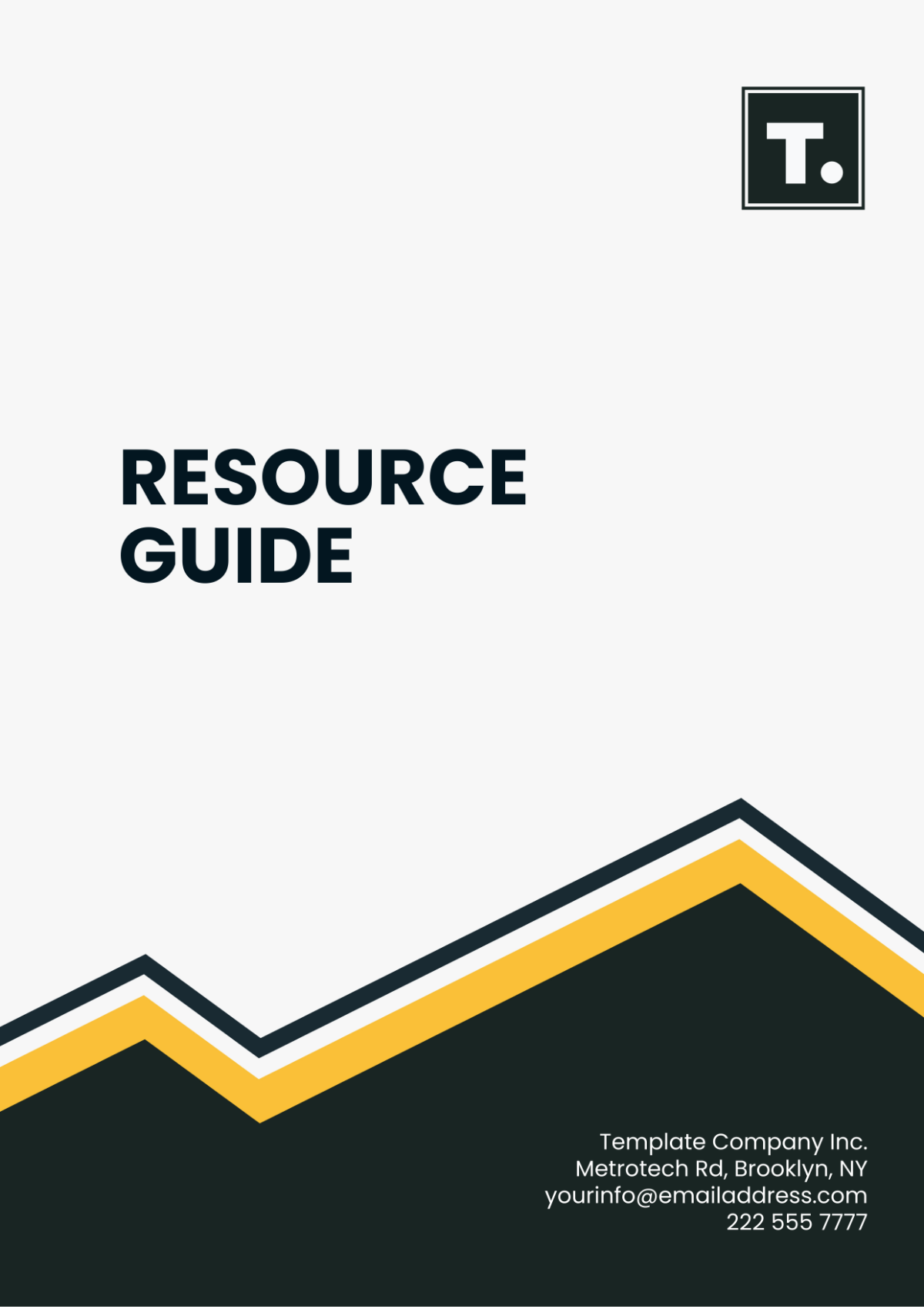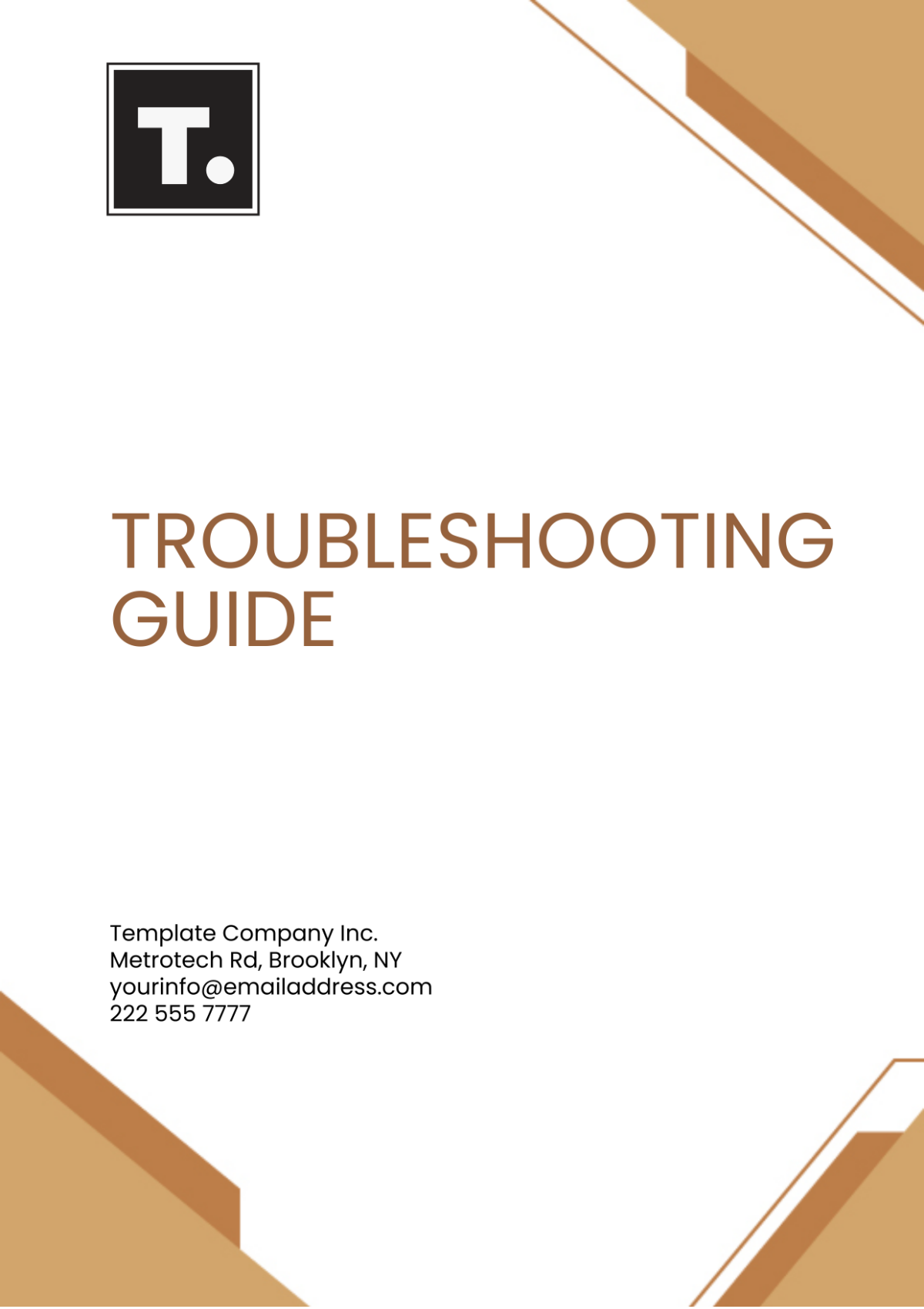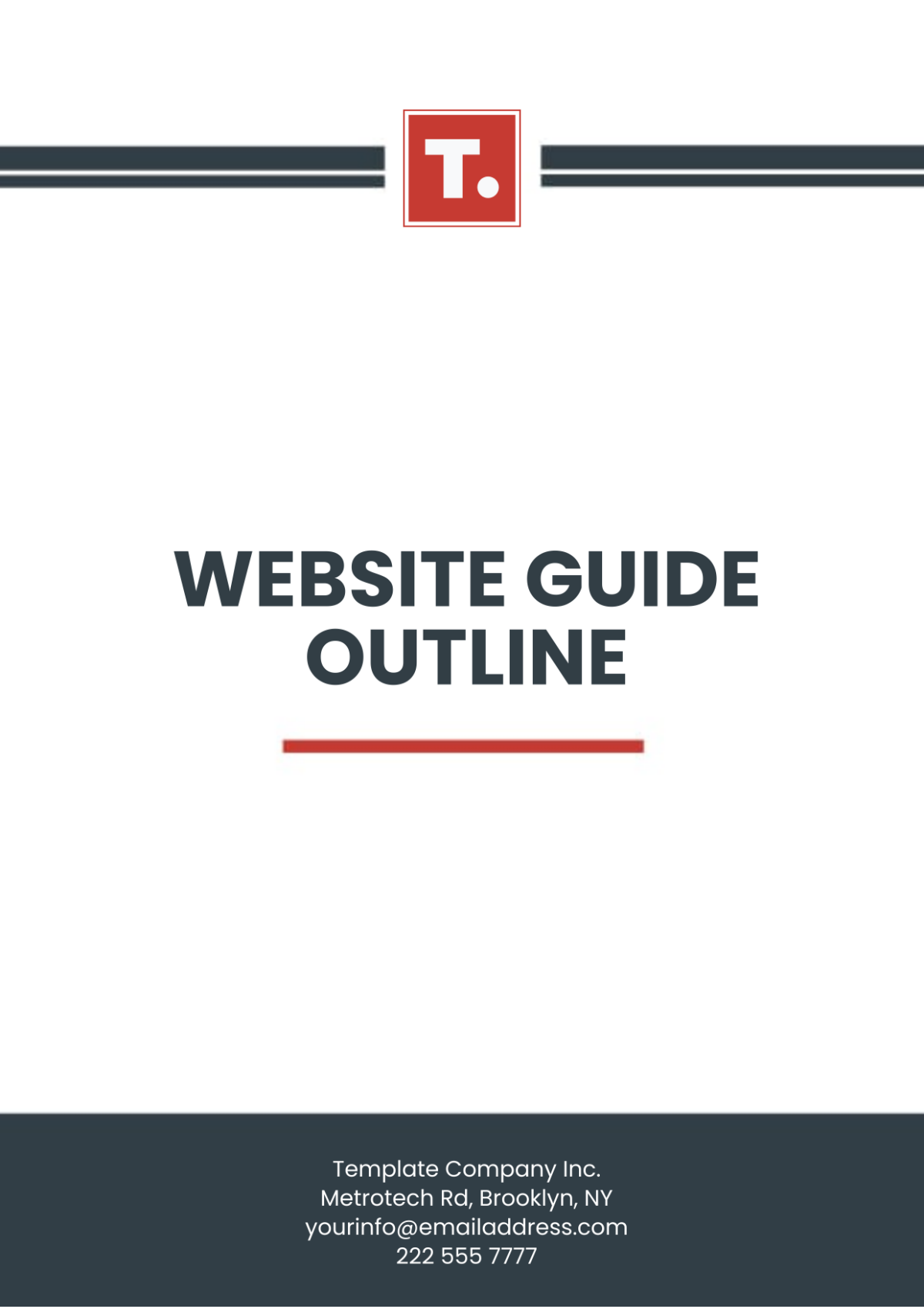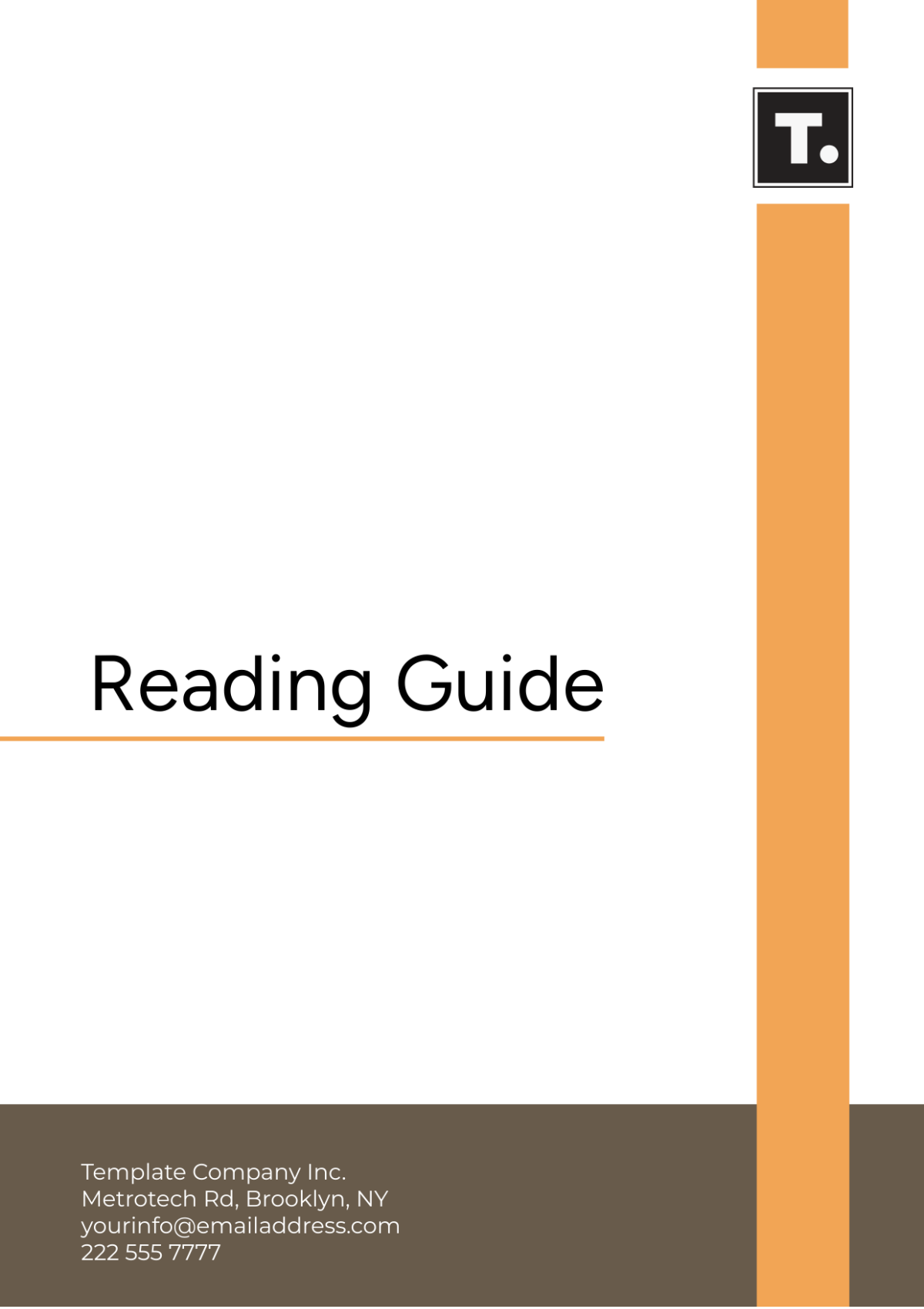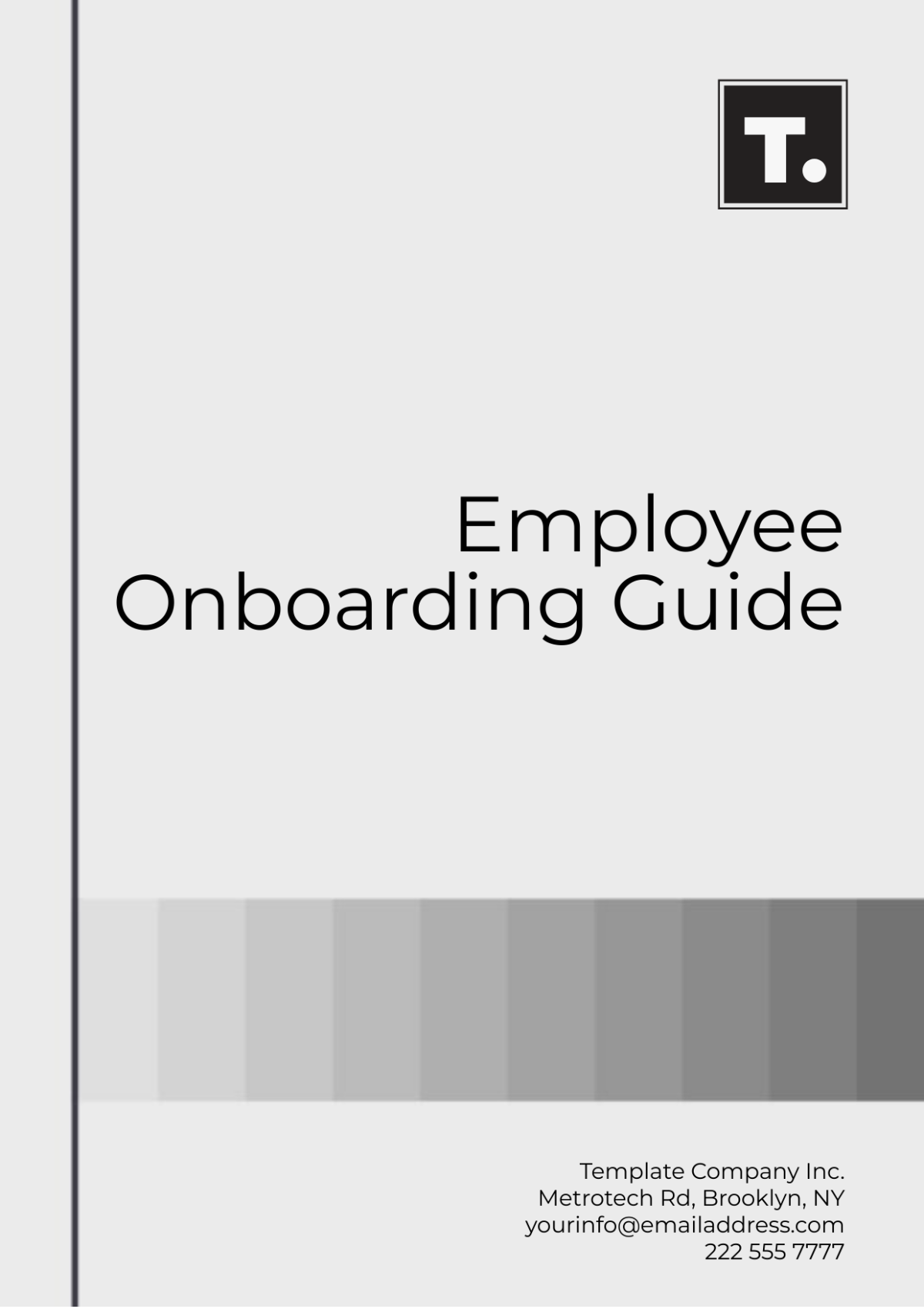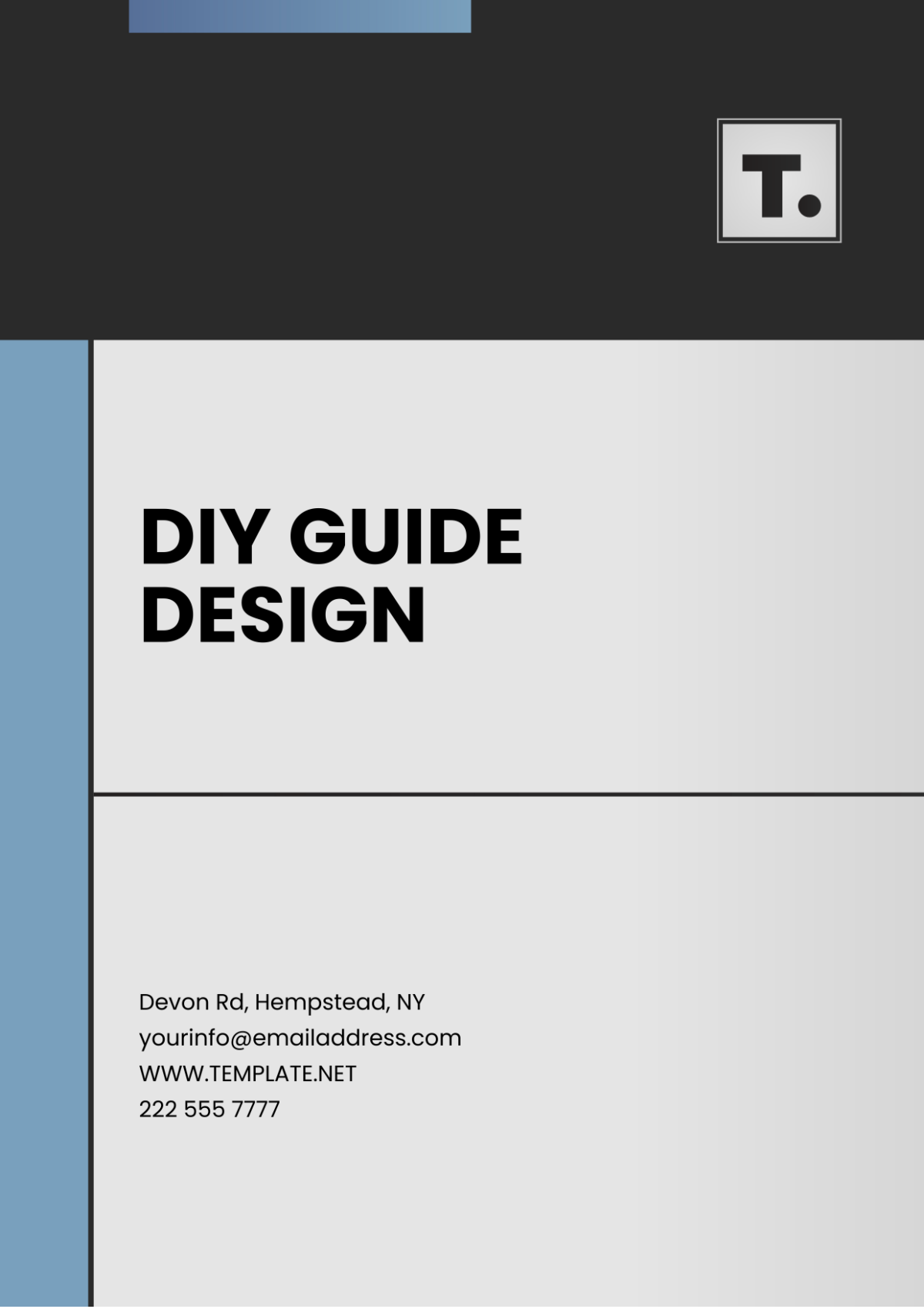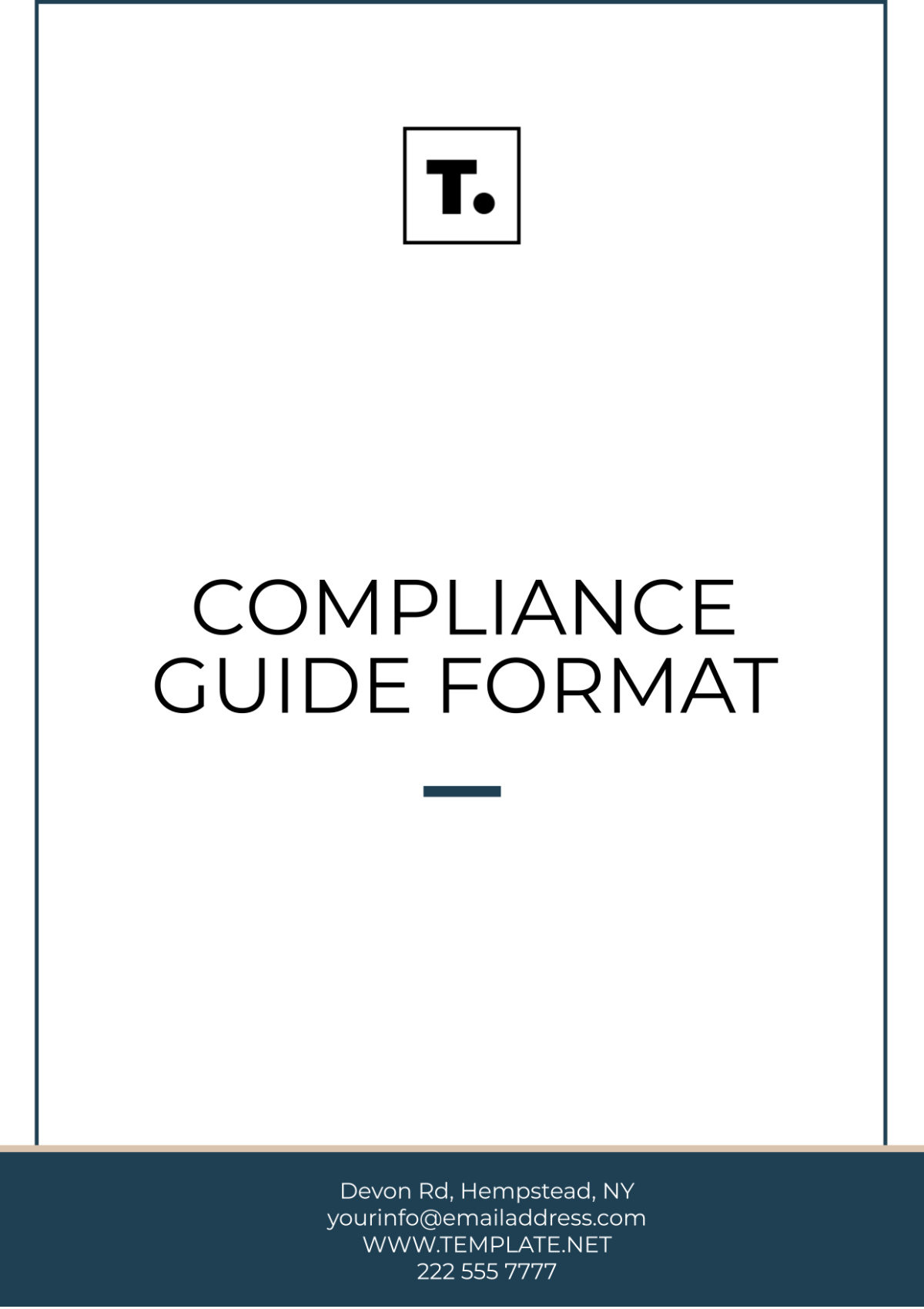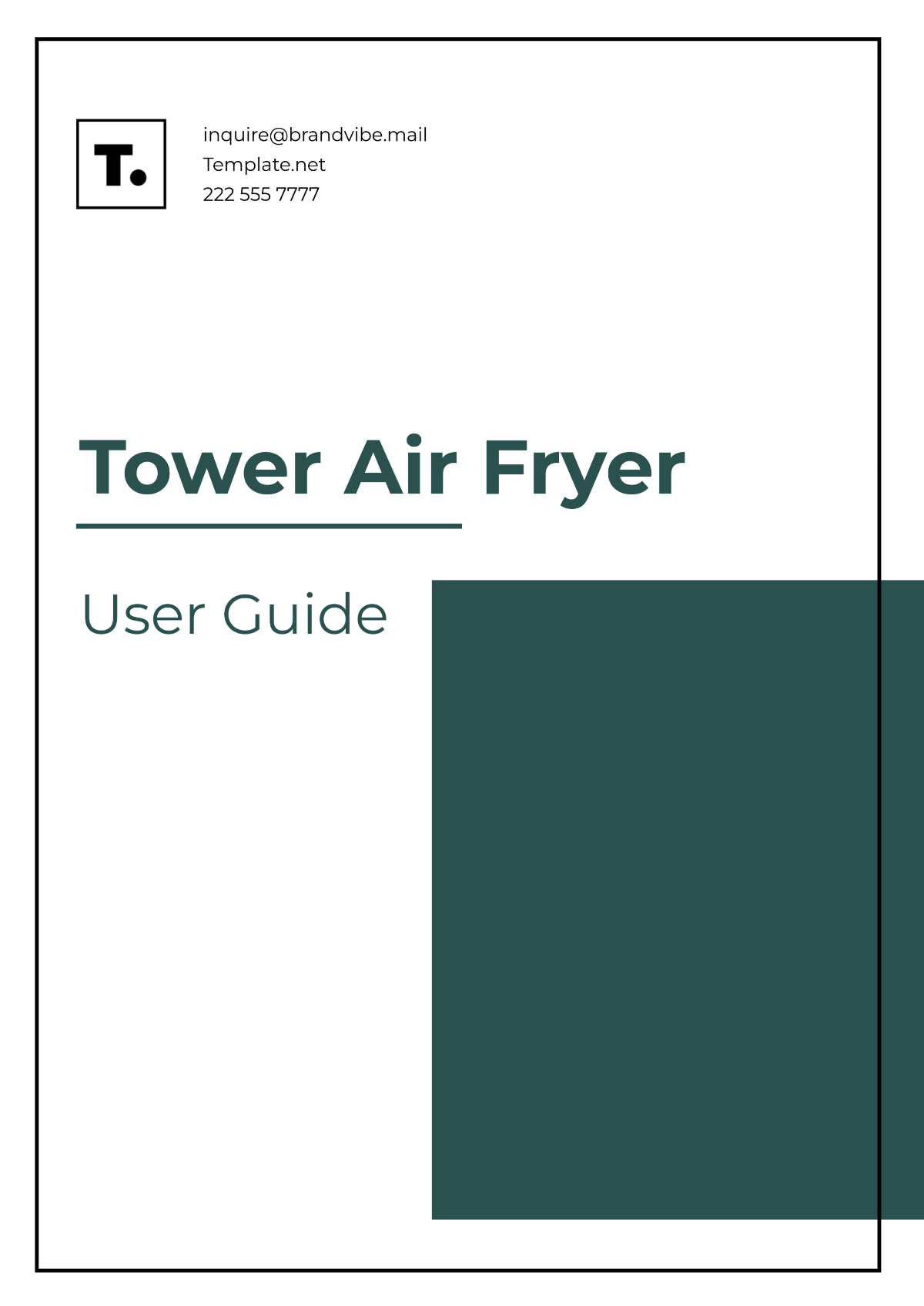Developer Guide
I. Introduction
Welcome to the [YOUR COMPANY NAME] Developer Guide! This comprehensive guide is designed to assist developers working with our software and systems, providing essential information, best practices, and resources. Whether you're a new team member or an experienced developer, this guide will help you navigate our development environment and streamline your workflow.
II. Getting Started
A. Setting Up Your Development Environment
Install necessary software: IDEs, version control systems, and dependencies.
Access the development repository at [REPOSITORY URL].
Follow the setup instructions in the README file for initial configuration.
B. Accessing Resources
Documentation: Access detailed API documentation and development guides on [DOCUMENTATION URL].
Support: Join the developer community on [YOUR COMPANY SOCIAL MEDIA] for tips and assistance.
Training: Complete onboarding courses available on [TRAINING PLATFORM URL].
III. Coding Standards
A. Code Style Guidelines
Follow the coding conventions outlined in our [CODING STANDARDS DOCUMENT].
Use consistent naming conventions and comment your code appropriately.
Ensure code readability and maintainability by adhering to the project's style guide.
B. Code Review Process
Submit your code for review using [CODE REVIEW TOOL].
Address feedback promptly and ensure all issues are resolved before merging.
Participate in peer reviews to maintain code quality and share knowledge.
IV. Version Control
A. Using Git
Clone the repository using git clone [REPOSITORY URL]**.
Create feature branches for new development using git checkout -b [BRANCH NAME]**.
Commit changes with clear, concise messages using git commit -m "**[COMMIT MESSAGE]**".
B. Branching Strategy
Follow the branching strategy outlined in [BRANCHING STRATEGY DOCUMENT].
Use main branches for stable releases and feature branches for ongoing development.
Merge feature branches into the main branch only after thorough testing and code review.
V. Development Workflow
A. Agile Methodology
Participate in sprint planning, daily stand-ups, and retrospective meetings.
Use [PROJECT MANAGEMENT TOOL] to track tasks, progress, and deadlines.
Collaborate with cross-functional teams to ensure smooth project execution.
B. Testing
Write unit tests for all new code and ensure existing tests pass before committing changes.
Use [TESTING FRAMEWORK] for automated testing and [TEST MANAGEMENT TOOL] for tracking test cases.
Perform manual testing as needed and document any issues or bugs.
VI. Deployment
A. Continuous Integration/Continuous Deployment (CI/CD)
Set up CI/CD pipelines using [CI/CD TOOL] for automated build and deployment.
Ensure all tests pass before deploying to staging or production environments.
Monitor deployments and rollback changes if necessary to maintain system stability.
B. Environment Management
Maintain separate environments for development, testing, and production.
Use [ENVIRONMENT MANAGEMENT TOOL] to configure and manage environment settings.
Ensure data consistency and security across all environments.
VII. Security Best Practices
A. Secure Coding
Follow the secure coding guidelines outlined in [SECURITY GUIDELINES DOCUMENT].
Validate input, handle errors properly, and avoid common security pitfalls.
Perform regular code audits and security assessments.
B. Data Protection
Ensure sensitive data is encrypted and access is restricted to authorized personnel.
Follow data privacy regulations and company policies for data handling.
Report any security incidents or vulnerabilities to [SECURITY TEAM CONTACT] immediately.
VIII. Troubleshooting and Support
A. Common Issues
Refer to the [TROUBLESHOOTING GUIDE] for solutions to common development issues.
Use [ERROR TRACKING TOOL] to monitor and resolve runtime errors.
Contact [SUPPORT TEAM] at [SUPPORT EMAIL] for further assistance.
B. Feedback and Improvement
Submit feedback and suggestions for improving the development process to [FEEDBACK CHANNEL].
Participate in regular team meetings to discuss challenges and share solutions.
Stay updated with the latest development trends and company updates through [COMPANY NEWSLETTER].
IX. Conclusion
The [YOUR COMPANY NAME] Developer Guide serves as a valuable resource for all developers working within our ecosystem. By following the guidelines and best practices outlined in this guide, you will contribute to the success and stability of our projects. For any additional support or inquiries, please reach out to [YOUR NAME] at [YOUR EMAIL] or [YOUR COMPANY NUMBER]. We look forward to your contributions and wish you success in your development endeavors!

